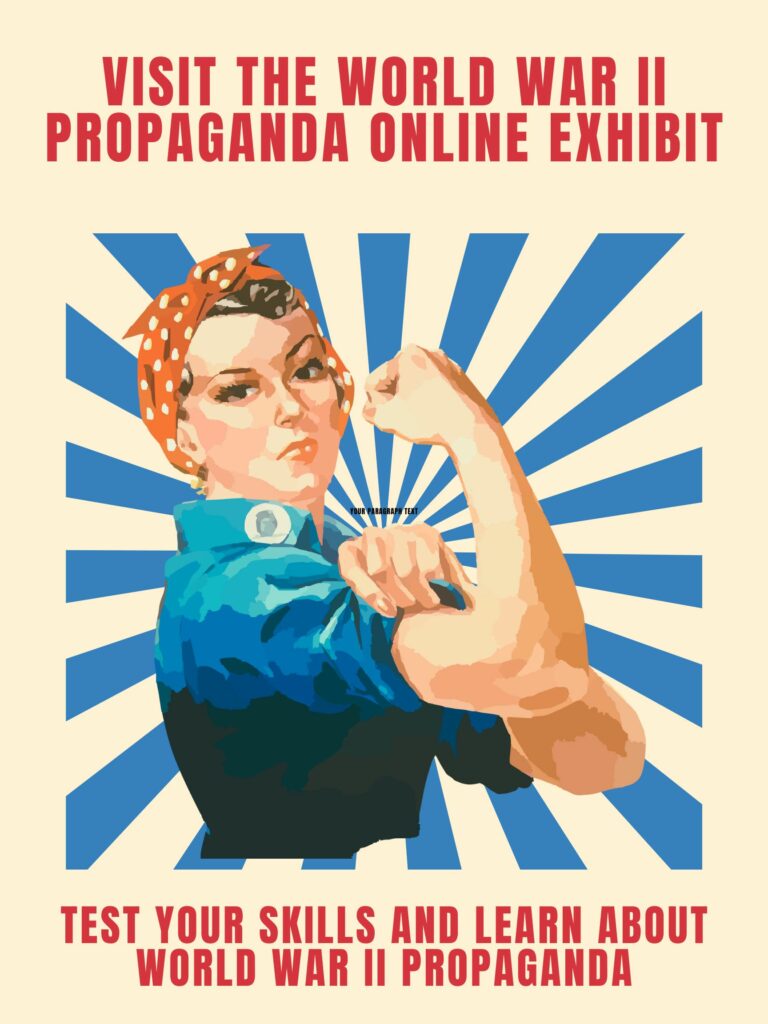One of the exhibits that I hope to create when I work in a museum is an exhibit on World War II in popular culture. The exhibit would mainly include films depicting the war, whether on the battlefield or on the home front. However, movies created after the event only scratch the surface of understanding the war. I would also include movies produced shortly before or during the war. While it is important to depict how people remember the war, I think it is equally essential to illustrate people’s thinking and feelings during the war. One can truly understand an event by knowing people’s thoughts and actions. One example of this is in the movie Casablanca (1942). There is a scene where some Nazi soldiers sing their national anthem loudly. The primarily French patrons of the club look on, terrified. However, Humphrey Bogart’s character allows the band to play the French national anthem. As they do this, the French patrons, including others, sing it proudly, eventually drowning out the soldiers.1 This scene shows the mentality of the Allies in the war. They saw their numbers were more significant than the Axis, convincing them they could win. Including these films of the time would give visitors a greater understanding of the event rather than just learning from later films. I would also include digital storytelling in the exhibit. I would include a way for people to tell their stories about these objects and movies of popular culture depicting or from World War II on a website page for the exhibit. They can tell their stories or stories told to them by another family member or friend that center around a popular cultural object. People would have to create videos or audio to tell their stories. This could also be used in a classroom setting where a teacher could make it an assignment for students to create stories using the platform. Like Kelly Schrum says in “A Tale of Two Goldfish Bowls,” “DST challenged students to think in new ways, to ask questions, and to interrogate the sources and ideas they were reading, researching and developing.”2 The teacher could have the students pick an object, research and analyze it, and then present their project using digital storytelling, further developing their historical thinking skills.
- Casablanca, directed by Michael Curtiz, Warner Bros., 1943, 1 hr., 42 min, Video. ↩︎
- Kelly Schrum, “A Tale of Two Goldfish Bowls . . . Or What’s Right with Digital Storytelling,” in Hacking the Academy: A Book Crowdsourced in One Week, ed. D. Cohen and T. Scheinfeldt (Ann Arbor: University of Michigan Press, 2012), 89-97. ↩︎
